Improving and adaptive physical training
Slogans: "Sport - it's great" or "movement - this is life" familiar, probably, every active member of our society. Regardless of race, gender, social status and religion, people united in a common opinion that the human health - the highest value. Unfortunately, in the age of modern electronic technology the younger generation underestimate the importance of your own physical abilities that given them by nature. Sitting out all day long in front of the screens of gadgets, children relax your body and endanger health. This behavior increases the incidence and overall weakness generation and as a consequence, the whole nation. The developed countries are more and more resources and material costs have been providing for the health program areas. Including also extends and develops adaptive physical education. In this article, we will discuss this kind of kinds of active work: what it is, its purpose, function, theory and implementation in practice.
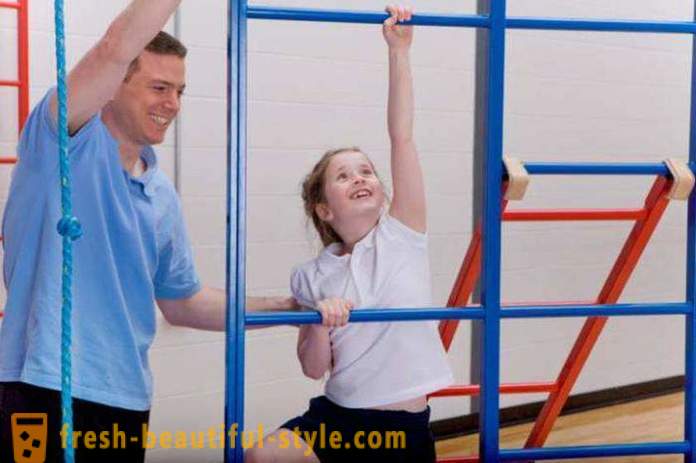
Fitness Training: characteristic
Each of us at least once in his life faced with the notion of improving physical culture. From infancy mom or patronage nurses spend a special fortifying and developing gymnastics newborn, then the children are introduced to the charge, a variety of sports. A private industry and does offer a variety of forms of improving physical culture: from yoga to step aerobics.
What is wellness exercise? This is a series of sports activities, which are aimed at the general strengthening of the body, strengthen its immune forces. Improving and adaptive physical training - concepts are similar, but have different goals and ways of implementation. One should not confuse the concept of health-enhancing physical education with medical, rehabilitation exercises.
General physical health has engaged people to preserve and strengthen the physical fitness and health.
Goals and improving physical culture of
The main objectives of improving physical culture are as follows:
- software and maintaining a high level of public health;
- the improvement of physical skills;
- increased immunity;
- psychological realization needs physical activity, competition, achievement of objectives;
- regulation of normal body weight and proportions;
- active, communication.
Adaptive physical education has different goals, so only applies to people with persistent health problems.
In the technique allocate such basic functions obshcherazvivajushchih Physical training:
- wellness: a set of exercises is chosen taking into account the individual capabilities of the human body, age and other factors;
- Educational: implemented in the dissemination and promotion of healthy lifestyles;
- educational function is to introduce theoretical and practical material of the course of improving physical training by professional coaches based on proven methodology and experimental data.
Types of improving physical culture
Class A recreational physical education, depending on the age of beneficiaries: children, teenagers, youth, for elderly people. There are various health systems nationalities, such as yoga and Ayurveda. Copyrights developed techniques, for example, Ivanov or Strelnikovoj. There are complex recreational activities or having a particular direction. As well as the well-known contemporary trends: aerobics, fitness and others.
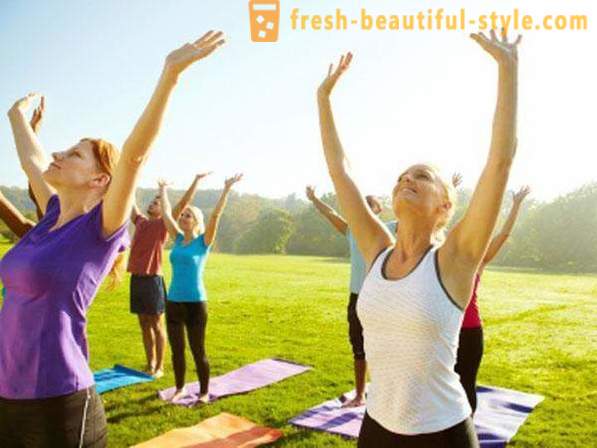
What is the adaptive physical education?
Back in 1996, in the State Register of classifier of specialties for higher education was introduced physical education for persons with health deviations. Today, such specialization is called "adaptive physical education." The emergence of this trend is due to the massive deterioration in the health status of the population, raising the level of disability. Adaptive physical education different theory and practical implementation of Health or physical therapy. If the first is aimed at the general improvement, and another purpose is to restore the disturbed functions of the organism, the adaptive system is designed for the socialization of people who have serious health violations affecting the adaptation and self-realization of persons with disabilities in society.
Adaptive physical training - is an integrated science. This means that it combines several independent directions. In physical education for disabled people combined knowledge of areas such as general physical education, health and correctional pedagogy, psychology. Adaptive system aims not so much to improve the health of the person with disabilities, how to restore its social functions, correction of psychological state.

The objectives and tasks
Often, adaptive physical education becomes the only option a person with a disability to become a member of society. Catching up and competing with people with similar physical disabilities, people are able to realize myself as an individual, to develop, achieve success, learn to interact in society. Therefore, the main purpose of the special physical training is the adaptation of a person with disabilities in society, working life.
Based on the individual human physical abilities, the level of equipment of the professional staff and the materials are put different problems of adaptive physical culture. But the main activities remain unchanged. The general objectives are as follows:
- Correction and compensatory work on the identified physical disabilities. In most cases, such activities are carried out both by the underlying disease and on related issues. For example, with cerebral palsy are paying attention not only to the development of muscles, joints, movement coordination, but also vision, speech, and other health problems detected.
- Preventive task is to carry out measures aimed at the overall improvement of human health, increase strength and capabilities, strengthening the immune system.
- Training, educational and developmental adaptive physical training objectives are also important. The aim is to get people with disabilities the concept of physical activity as an integral part of daily life activity, to teach the culture of the sport, the rules of behavior in the team during the competition.
- Psychological problems are important components of physical training areas for people with disabilities. Quite often there is a person asotsializatsiya not so much because of any problems with health, much due to the uncertainty in their own abilities, an inability to interact with other people, lack of understanding of a place in society.
Views
It decided to allocate the following types of adaptive physical training:
- Special education involves teaching people with disabilities theoretical and practical bases of physical culture.
- Rehabilitation area includes the development of integrated systems Exercise aimed at the socialization of the person with disabilities by improving disclosure and physical skills.
- Sport adaptive physical education are of extreme nature. They carry with them the risk of subjective or objective.
- One should pay attention directly adaptive sports. Every year, the development of such areas is significantly accelerated and improved. Distinguish Paralympic, Deaflympics and special direction. The emergence of sports for disabled people, tens of thousands of people with disabilities around the world were able to realize their potential and become socially active members of society.

Adaptive Sports
The concept of adaptive sports is not new. It is known that in the XIX century special educational institutions for the blind were created on the territory of modern Russia. Their program, in addition to obscheintellektualnyh knowledge, special gymnastics was included. In 1914 competitions were held for the first time in football for people suffering from deafness. And already in 1932, the country began to hold competitions in a variety of sports among people with disabilities. Actively began to form all kinds of associations and organizations to develop adaptive physical education.
In the future, a sport for people with disabilities experienced different stages: from recession to revival and the emergence of new trends. Since 2000, the adaptive sports began a new stage of its formation and development. Direction promote, distribute. Coaches gain experience, athletes achieve good results at the international level.
Today, there are different classifications of areas of adaptive sports. Initially, only a few isolated major large groups. Then there are new kinds of in connection with the division according to the type of deviation in health. Nevertheless, the basic and most widespread are 3 branches:
- Paralympic sport - a competition of people with disorders of the musculoskeletal system and vision.
- Deaf Sports sports - for people with hearing impairments.
- Special - with intellectual disabilities.
In turn, each of the above areas is divided into sublevels. For example, in the Paralympic sports competitions distinguish between people with amputated limbs, paralysis, spinal cord injury.
In addition, competitions are organized as general characteristic of the Olympic Games, the requirements and the specific, tailored to the functionality of a particular group of people with disabilities in physical health. Develop competition assessment criteria should be relevant specialized organizations. Adaptive physical culture - is not only athletic performance, but also the power of the spirit of the athlete, his personal achievements in the fight against disease.
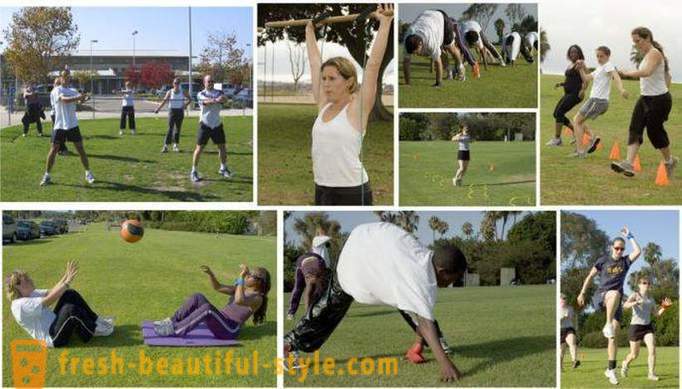
Implementation of the method of
Objectives of adaptive physical culture and sport are clear. What a way to put them into practice? To do this, you must master the special techniques of teaching. Effectively used in the work on physical training of persons with disabilities such methods:
- Formation of knowledge. In addition to mastering the necessary amount of information, the method includes the development of motivation, the determination of values and incentives. Used verbal and visual image-information transmission methods. Depending on the type of disease the trainee should choose the most effective method or dispensed to combine and reinforce verbal information clear example. Means of adaptive physical education choose different. For example, you can offer a blind man, as a good method of obtaining knowledge, tactile way to get acquainted with the layout of the human skeleton or individual muscles, thereby teaching the basics of anatomy and physiology. A verbal method for deaf people is held together with the audiologist or using display tables.
- The method of practical skills. They are used as standardized approaches and copyrights particular methods of adaptive physical training, designed for people with certain disabilities. More information about individual techniques described below.
techniques
Various deviations from health requires an individual approach. The fact that the recommended one group of people with disabilities, is a contraindication to others. In this connection, depending on the pathology develop particular methods of adaptive physical culture. Classify deviations in the health of such major groups:
- blurred vision;
- intellectual disabilities;
- a hearing loss;
- a violation of the musculoskeletal system: amputation, spinal and cerebral nature.
Therefore, for each type of the disease developed complex techniques of adaptive physical culture. They stated goals and objectives, methods and techniques, recommendations, contraindications, necessary knowledge and skills specific areas of physical education for the disabled.
The greatest contribution to the development of particular methods of this direction is made in such a teacher as Shapkova LV Adaptive physical training in her work is seen as a social phenomenon that requires a multifaceted approach by the professionals working with people with disabilities.
We should mention such teachers as Leo Rostomashvili, according to the method of adaptive physical education for people with visual impairments. The problem of physical activity for people with disabilities engaged NG Baikina, LD Hoda, YV Kret, A. Ya Smekalov. Adaptive physical education methodology developed at ICP, AA Potapchuk. For amputees, and congenital anomalies of special physical education complex occupies AI Malyshev and SF Kurdybaylo.
Handbook for students of pedagogical universities on sports specialties is a textbook authored by this teacher as LP Evseev. Adaptive physical education is considered from the point of view of practical implementation. The book covers the basics of adaptive physical education for people with different disabilities: goals, objectives, principles, concepts, types, methodology, content and other recommendations.
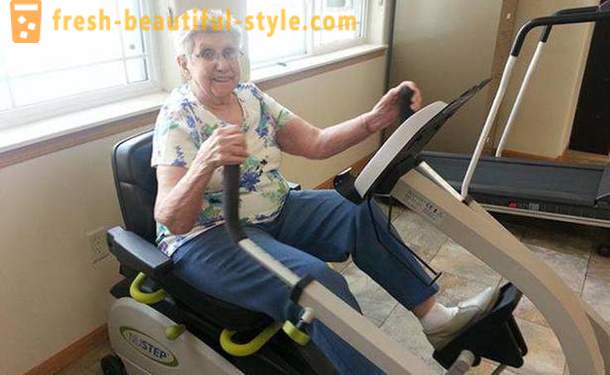
Adapted physical education for children
If recreational exercise children are doing from a very early age, when there is a need for adaptive sports? Unfortunately, medical statistics disappointing - Every year the cases of children born with physical abnormalities, and the leader of this ranking is cerebral palsy. For these children, adaptive physical education - an integral and mandatory part of the overall rehabilitation and socialization. The earlier the diagnosis, and taken on the implementation of specially designed physical activity baby steps, the higher the probability of a favorable adjustment in the surrounding society. In our country, the practice of creating separate "special groups" and classes in public pre-school and school educational institutions. In addition, there are special organizations for children with persistent violations of health, where private methods are implemented adaptive physical education.
The prognosis for children with disabilities, which is conducted adaptive physical education, positive. Most significantly improve physical performance, developing proper psychological assessment of yourself and others, formed communication and self-actualization.
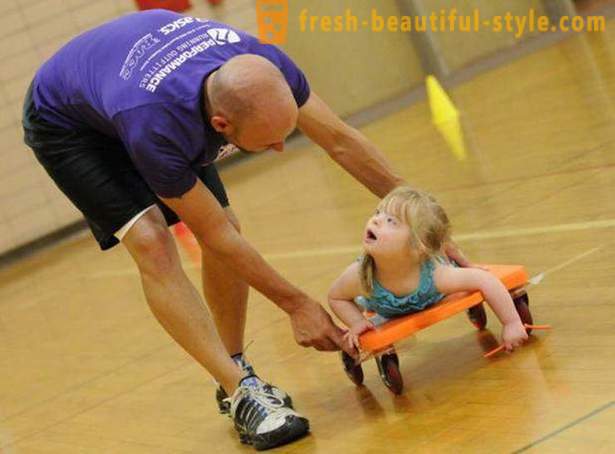
In this article we consider the theory and organization of adaptive physical culture. Such a trend is a significant part of the total physical education and sports. Development and dissemination of the sports sector in the society - an important task of the whole country and every one of us in particular.













































